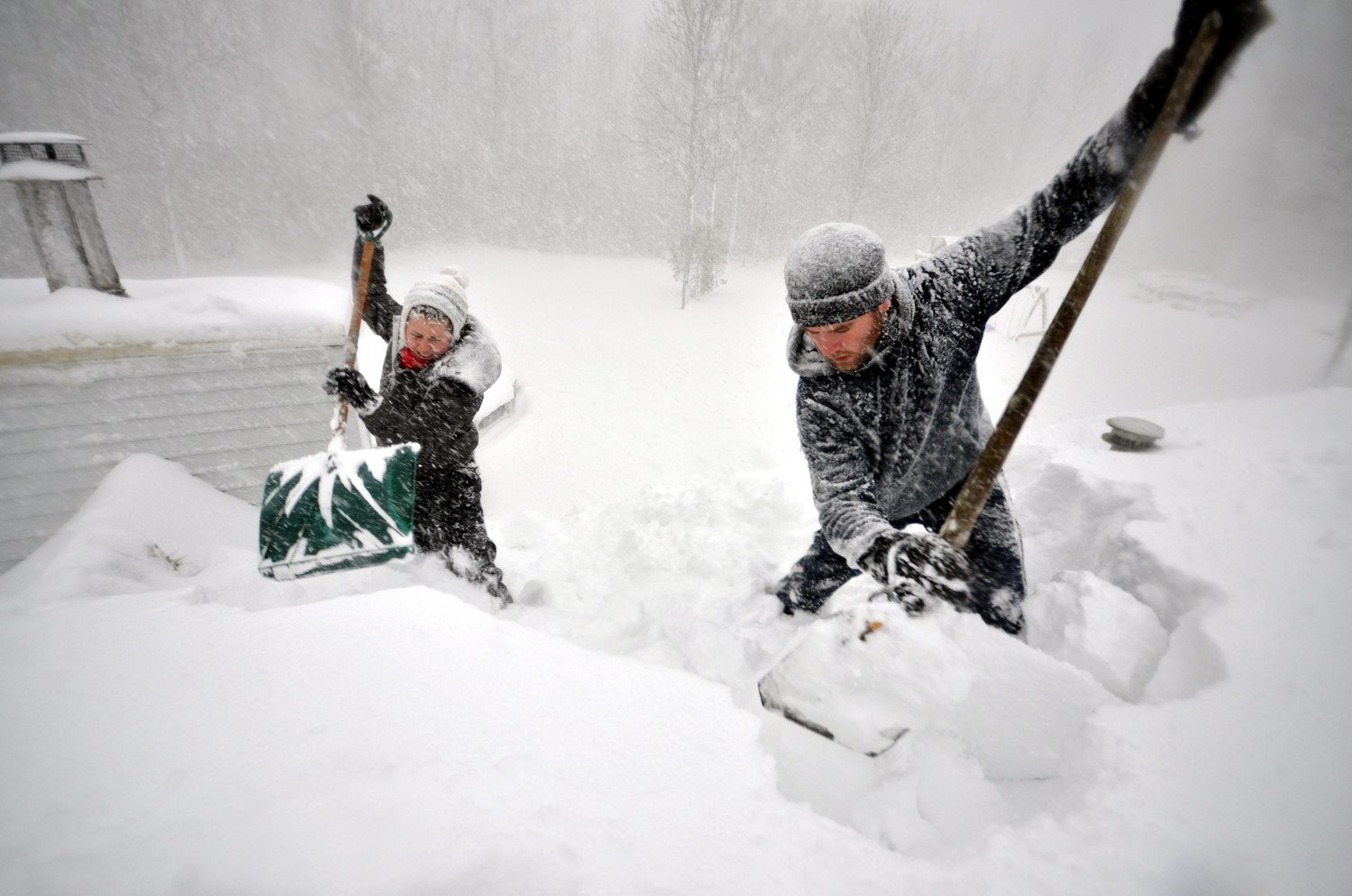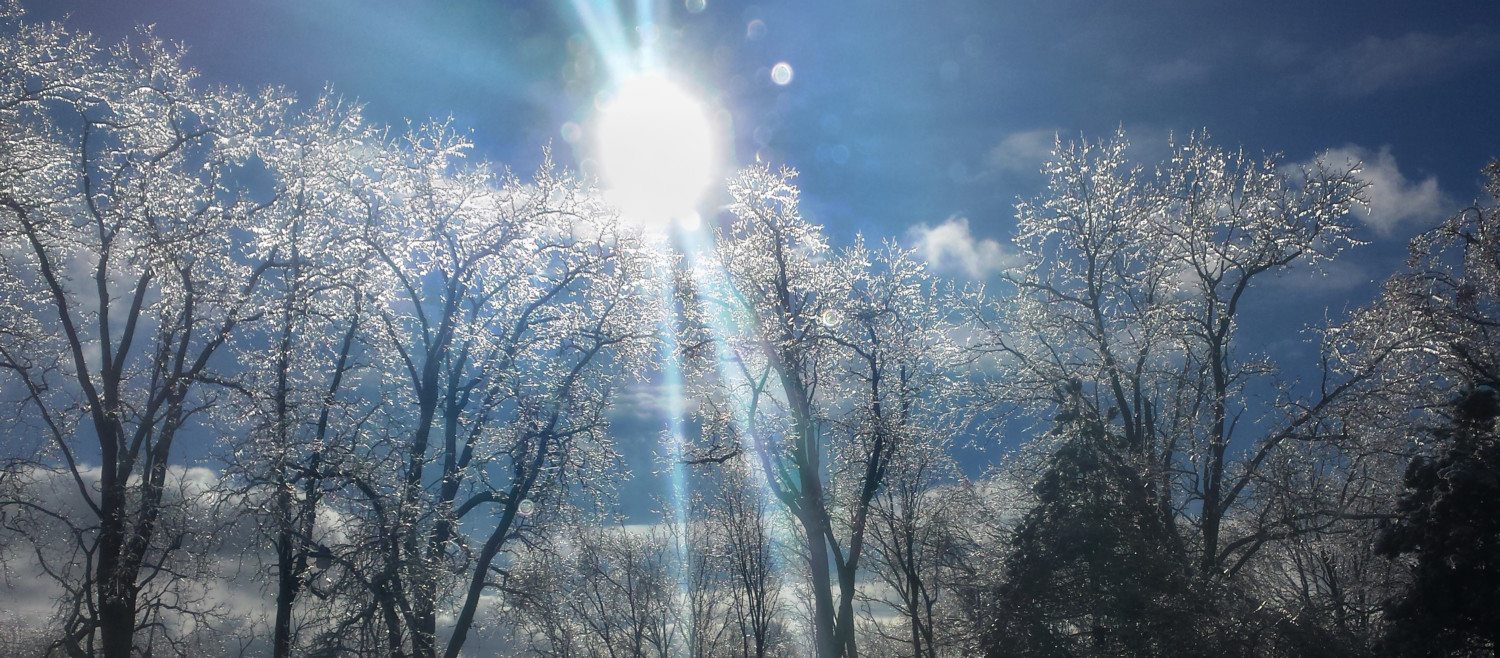We admit, it feels a little too soon to bring up snowstorms, sweaters and all things peppermint just yet. The neighborhood pool hasn’t even shut down, and you still need to pick out a hilarious Halloween costume, right?
Plus, we just broke it to you that this August is trending cooler than in past years.
But the Farmers’ Almanac has made its predictions for what Old Man Winter has in store for winter 2018, even nailing down some dates that are most likely to dump heavy precipitation on the Atlantic Seaboard.
(Skiers and snowboarders, if you live in one of those eastern states that gets snow, go ahead and give your bosses a heads up you might be sick around Jan. 20 to 23, which the almanac has pinpointed as being the first heavy precipitation dates for winter 2018.)
As far as other predictions, some Western and Midwestern states—like Montana, Wyoming, South Dakota, North Dakota, Colorado, Oklahoma, Minnesota, Iowa and Missouri—are expected to have a cold winter, with moderate snowfall. But winter won’t be as harsh as it usually is, according to the almanac.
The Northeast and Great Lakes, though? Different story. The Farmers’ Almanac says those in that region should brace for a snowier-than-normal winter.

For the western third of the country (we’re talking the areas west of the Continental Divide), the winter isn’t expected to be as wet as last year. The Farmers’ Almanac predicts temperatures and precipitation levels to be closer to average. Sure, there will be some heavy precipitation coming from the Pacific and bursts of cold air pushing south through western Canada. But, for the most part, you can expect spells of dry and mild weather, the Farmers; Almanac says.
For those in the Southeast, expect temperatures to be a bit colder than normal, with that chill extending as far south as the Gulf Coast, with more rain than normal.
The wild card this winter will go to parts of the western Great Lakes, eastern Great Plains and Arklatexoma, where Arkansas, Louisiana, Texas and Oklahoma meet. The Farmers’ Almanac predicts these areas will be hit with wide swings of very warm weather and very cold weather.

Curious how the almanac makes its predictions? It doesn’t involve shaking a snow globe or relying on a groundhog. Rather, the almanac uses a 200-year-old prediction formula that the publication says is 80-85 percent accurate.
Now, you should know that there’s another almanac out there called the Old Farmer’s Almanac that is completely independent from the Farmers’ Alamanac. The folks at the OFA make their own separate weather predictions but have yet to release any predictions for the winter ahead.
Wondering what a meteorologist thinks about almanac predictions? We asked Jason Meyers, a meteorologist at WeatherSphere, which is owned by Simplemost’s parent company. Unsurprisingly, he didn’t recommend that you plan your winter around the almanac’s predictions.
“The Farmers’ Almanac is an entertaining read with plenty of insightful and interesting stories about weather,” Meyers said. “Their seasonal forecasts, however, should be taken with a grain of salt. Long-term forecasts are very generic in nature, so it’s easy to find similarities [but] their forecasts don’t verify any more than if you were to make a guess months ahead of time.”
Instead, Meyers suggests you stay tuned to weather reports this fall to get a better sense of the winter weather to come.
“Meteorologists will have a better, more scientific idea of what we can expect this winter closer to October,” he said.
So, who do you trust more—the Farmers’ Almanac or your local meteorologist?
[H/t: Country Living]
This story originally appeared on Simplemost. Checkout Simplemost for other great tips and ideas to make the most out of life.


